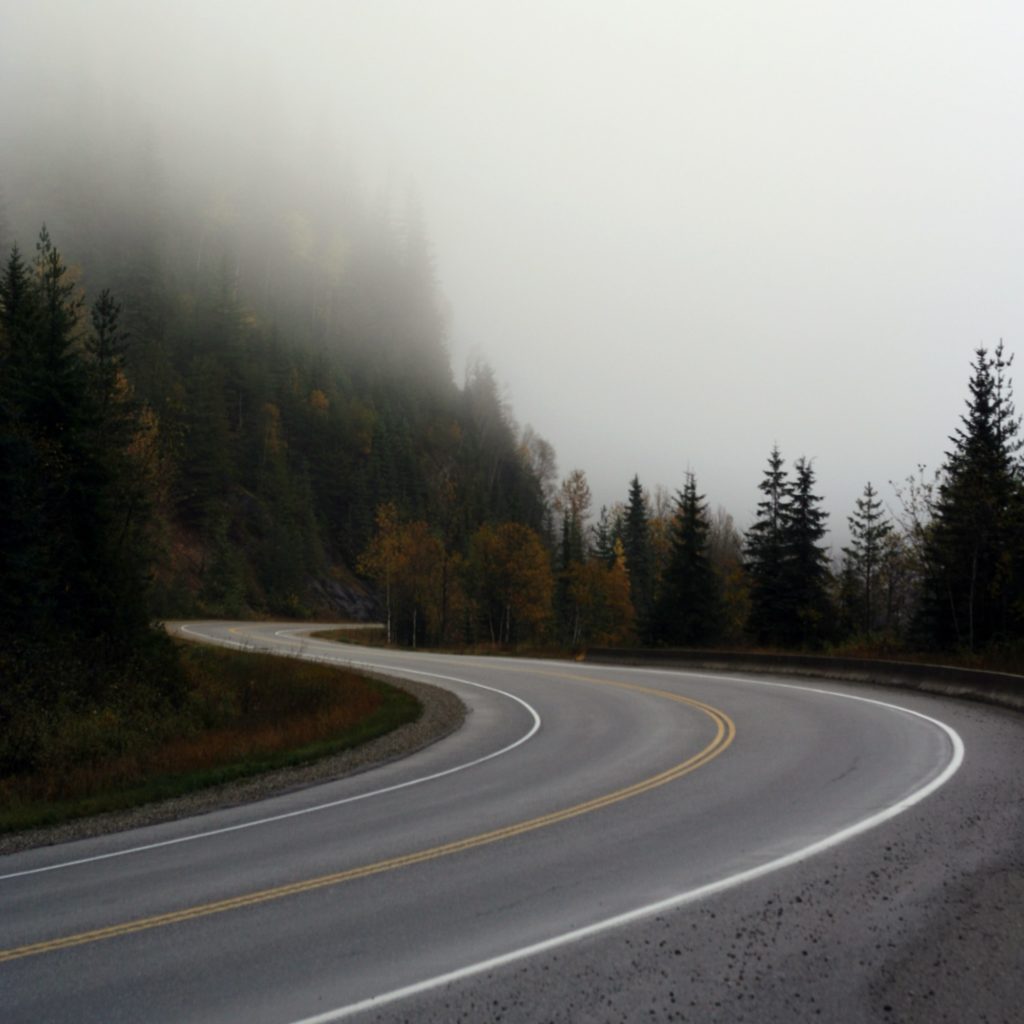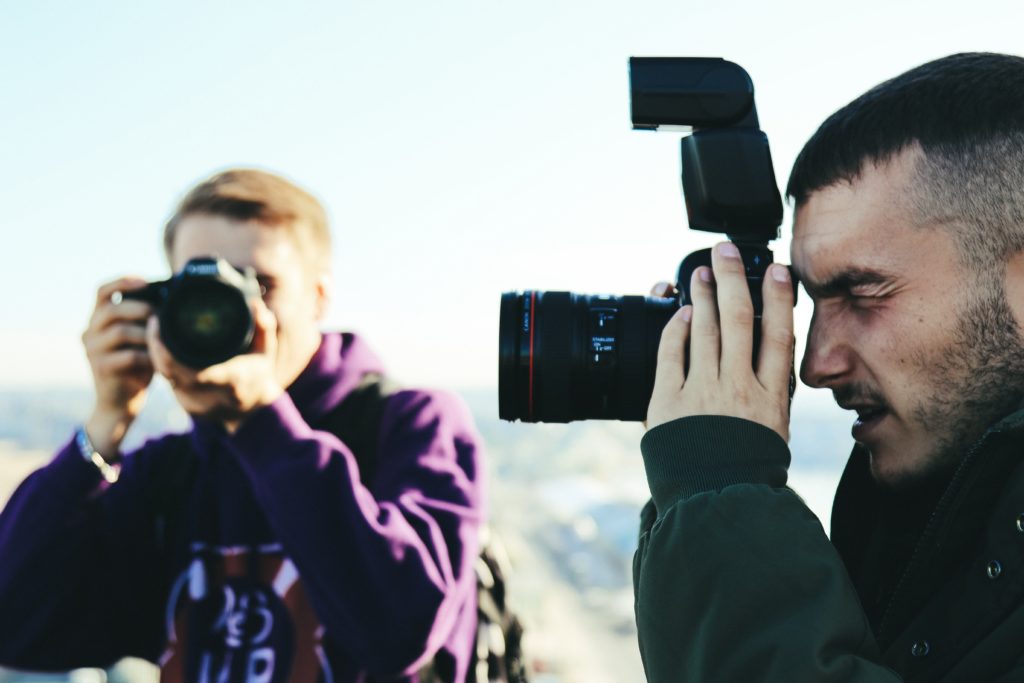Have you stared longingly — and perhaps jealously — at those perfectly crafted reflection photos on Instagram or Flickr, and then failed to achieve similar results when you tried one of those shots yourself? It’s maddening, I know. Reflection photography can be slightly trickier than it would seem, not so much in terms of the technical aspect of it, but from a creative perspective and what goes into crafting an interesting reflection shot.
Here are 6 tips and ideas that you can use to make more interesting reflection photos.
Take A Minimalist Approach
Minimalism and reflection photography make a beautiful team. We often see photos in which reflections dominate the frame; the imposing presence of a mountain, for instance, can be quite breathtaking. But going the opposite route and reducing the physical space that a reflected object occupies can be equally striking.
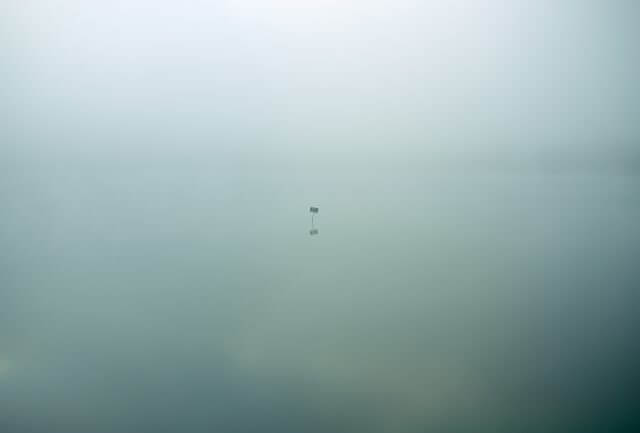
Look For Symmetry
This is probably the most commonly applied method of shooting reflections, which just goes to show that you don’t always need to do something fancy to make a beautiful photo. You can play with composition or include a distinct foreground element to give your shot a little pizzazz.
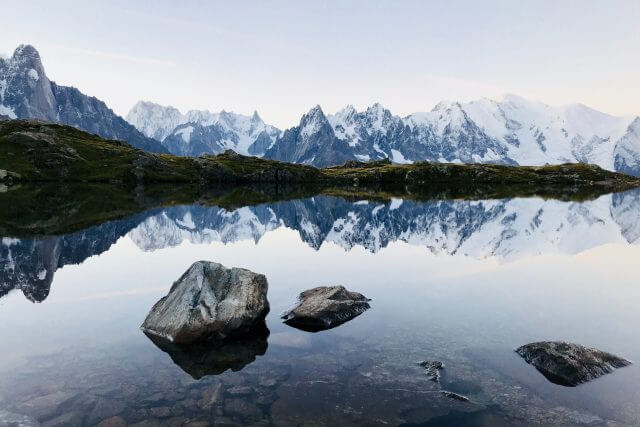
Use A Reflective Medium Other Than Water
Lakes, rivers, puddles, etc. all lend themselves to reflection photography. But the truth is any reflective surface is fair game: glass, metal, and wet asphalt are frequently used alternatives to water.
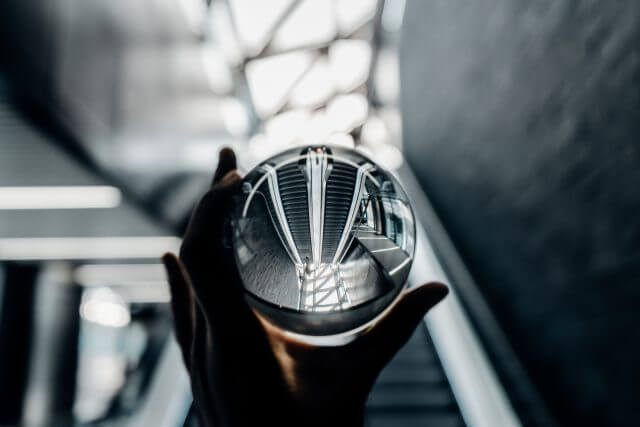
Incorporate Textures
Reflections don’t always have to be pristine and mirror-like. Look for imperfections on a reflective surface — uneven surfaces, protrusions, or ripples in water are just a few of the ways that you can incorporate texture to create a more dynamic reflection photo.
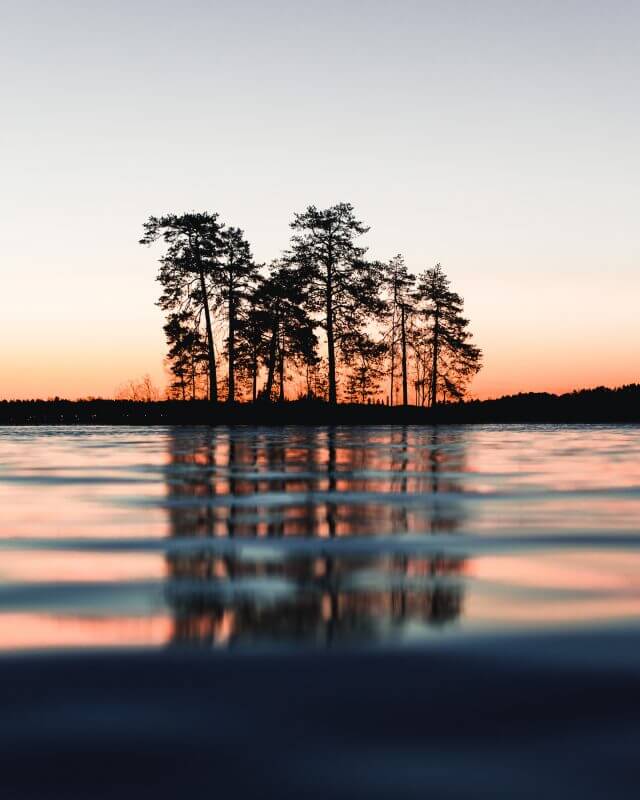
Use Long Exposures
The use of long exposures can lead to dreamlike blurred reflections; this works especially well when the reflective surface is moving water and your subject is stationary.
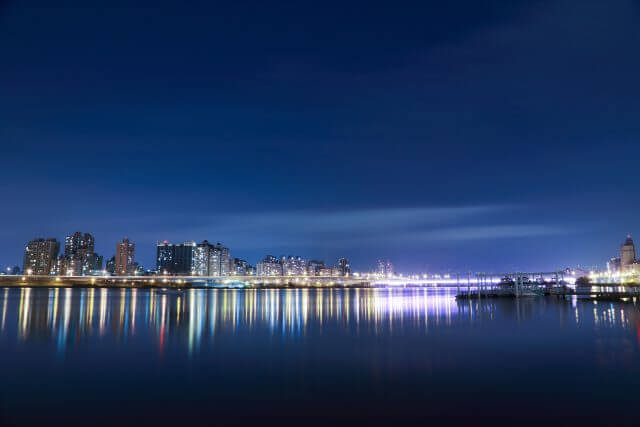
Experiment
As is the case with any type of photography, it always pays to experiment. Combine two or more of the ideas listed above; add a neutral density or polarizing filter into the mix; use unconventional surfaces; work with different lighting conditions. Of course you may not like every outcome but, by the same token, you may find yourself pleasantly surprised by the results of your experimentation with reflection photography.
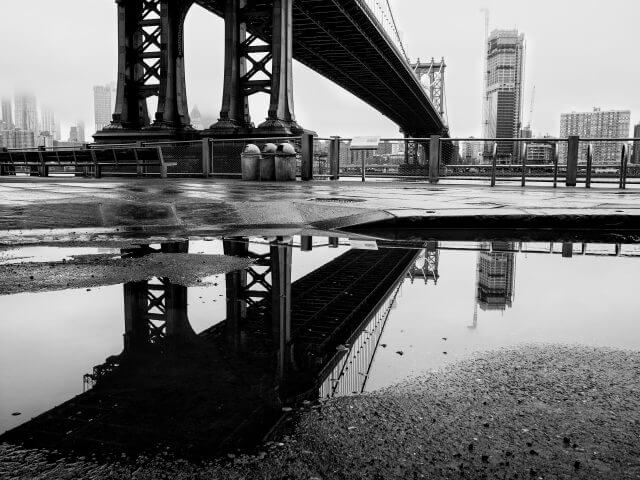
Final Thoughts On Making Interesting Reflections Photos
Clearly there’s nothing too difficult about making good reflection photos; all you need is a reflective surface, the right angle (low/close to the reflective surface is a good place to start) and good light (avoid direct light falling on the reflective surface, as this will create glare). These are photos that you can make absolutely anywhere, whether you’re in a bustling city surrounded by glass and metal (and probably puddles) or in a remote countryside with creeks and ponds scattered around or at a beach watching the sun set over the ocean. Reflection photography is a great way to inject some style, mystery and creativity into your work.



